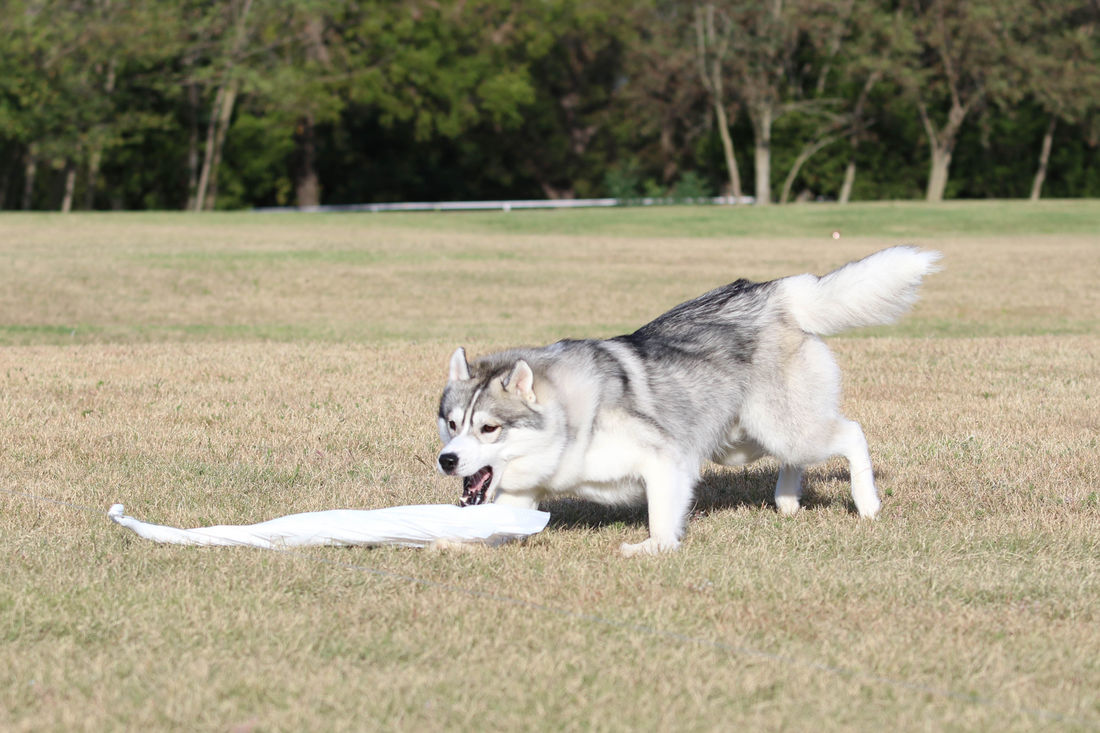

Removing your dog’s dew claws is an amputation and at the end of the day, a surgery that may not be medically necessary.The standard risks that come with a general anaesthetic.The disadvantages of removing your dog’s dew claws are: Like other toe nails, dew claws can get infections.Reduction of overgrown dew claws and ingrown nails.Reducing the risk of dew claw injuries.Advantages and disadvantages of dew claw removal The advantages of removing your dog’s dew claws are:
OVERGROWN DEW CLAW HOW TO
Our friends from dog training company, Dog Matters, have published an informative (and entertaining) video on how to trim your dog’s toe nails and what you can do to get your dog used to it. If the quick is too close to the tip of the nail it is better to wait until the nail is further away from the quick before cutting it. Make sure you don’t cut into the internal nail area, which is called the quick.

With dew claws, it is best to separate them a bit from the leg to avoid cutting into the skin. Use scissors or clippers that are especially made to trim your dog’s nails.

Keep an eye on your dog’s dew claws to avoid long toe nails becoming overgrown and growing into the toe pad. Get an instant online pet insurance quoteīecause they don’t touch the ground, dew claws do not get worn down on walks.Find out more about our pet insurance options for dogs.Your vet will very likely give your dog some pain medications and antibiotics if needed to stop infections.Ī pet insurance policy with Bow Wow Meow will help ensure you can always afford to give your pet the best treatment for your dog’s dew claw injury, along with many other health conditions. A bandage will be applied for a few days if there is a lot of bleeding or the nail has completely come off.Īpart from the bleeding and being painful for the dog, these injuries aren’t too serious. If it is broken, the broken part of the nail will be trimmed off. If it is torn but still connected to the leg, then the vet will probably cut it off completely. If your dog has injured its dew claws, it is best to take it to the vet. This is because dogs’ nails have quicks (the soft tender flesh below the growing part of the nail), which have their own blood supply. If the claw gets caught and torn off, expect there to be a lot of bleeding. If a dew claw is injured, you will often find that the animal may limp and cry out when you touch its leg. Some dog sports also pose a level of risk for dew claw injuries, e.g. They can, for example, get torn off when the nail catches on something, as the dog runs through bush or over rough terrain. These looser type of dew claws can cause a bit of worry for dog owners, as there is a risk of serious injury occuring. In some dogs the dew claws are held tightly against the paw, in others they can be quite loose and floppy. And in some cases dogs even have an extra toe which is often referred to as a double dew claw, or polydactyl (meaning “extra toe”) and is commonly found in breeds like the Briard, St Bernard and Great Pyrenees.ĭouble dew claw on a dog The risk of dew claw injury The majority of dogs have dew claws only on their front paws, however some dogs exhibit dew claws on their hind feet, e.g. Dew claws are basically leftovers of the canine evolutionary process. However, since then dogs have evolved and the physiology of their paws changed to allow for more speed when hunting on the ground. They are often referred to as a dog’s thumb, but they have a lot less purpose and value to a dog than a human’s thumb does.įrom an evolutionary perspective, it has been discovered that, around 40 million years ago, the cat-like animal miacis – a very early ancestor of modern dogs – needed all five toes for climbing trees. We discuss the pros and cons of surgical removal as well as the implications and costs of such a procedure.ĭew claws are short nails on the site of the foot that don’t touch the ground. This article will help you understand what dew claws are, explore their function and which different types of dew claws there are. You may have found this article because you are considering removing your dog’s dew claws. In some dogs, they are tightly attached, in other dogs they only seem loosely attached to the leg. You may have noticed your dog’s little toe that sits a bit higher up the leg, away from the bed of its paws.


 0 kommentar(er)
0 kommentar(er)
